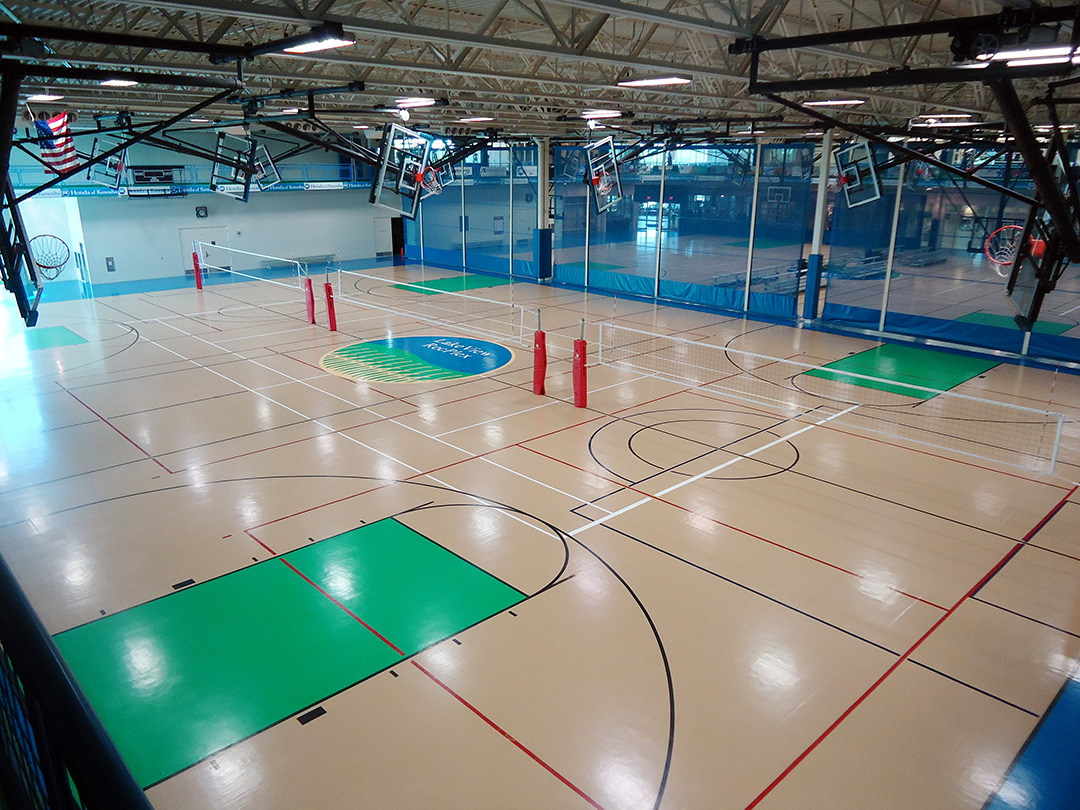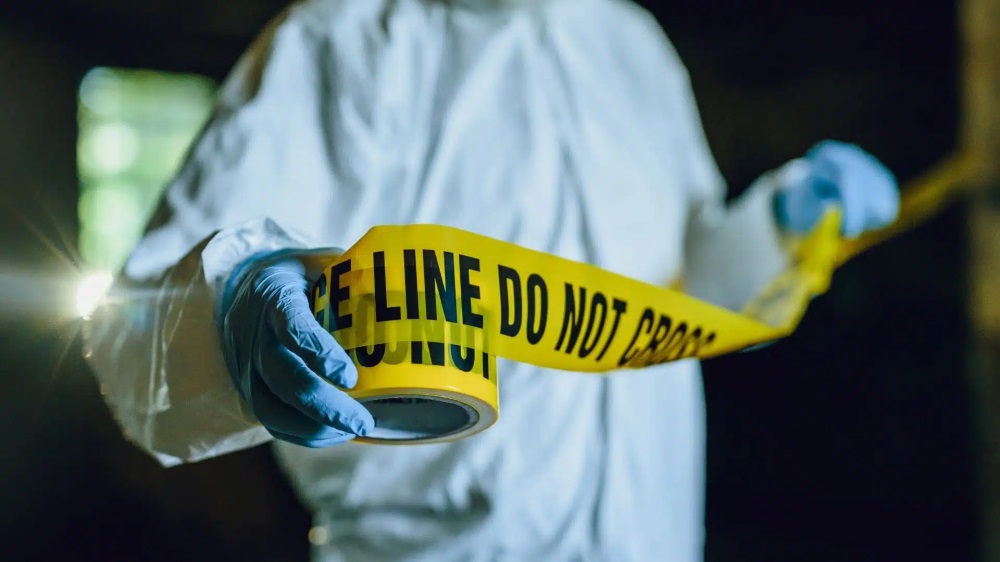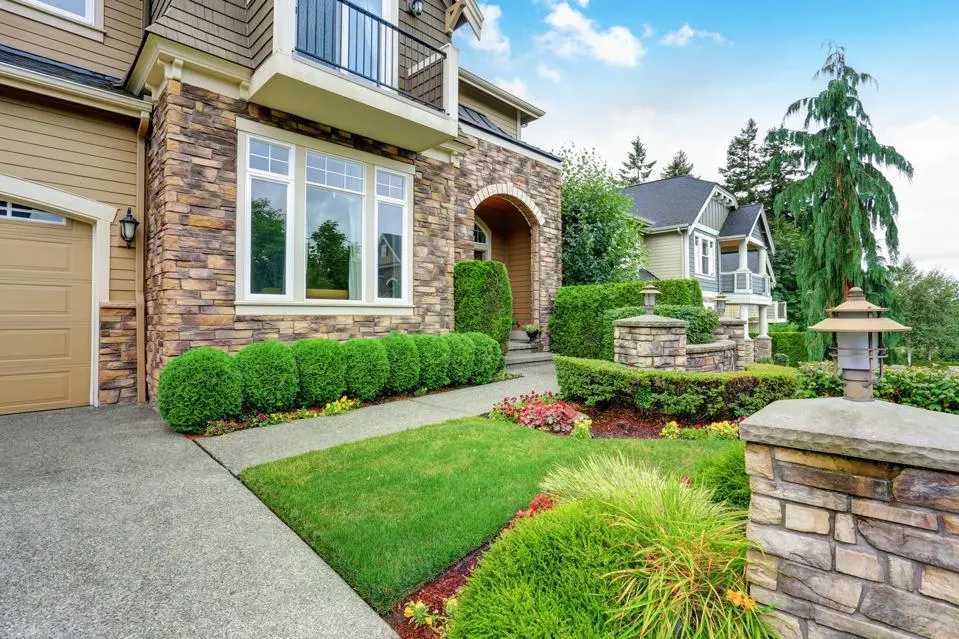Depending on the type of sports facility you own, you will want to ensure that your flooring meets your needs and expectations. It can be hard to decide which one will be best for your facility with all of the choices. A high-performance flooring system can improve your facility’s speed, agility, and playability. Here are five types of high-performance floors for your sports facility to consider and their benefits and uses.
1. High-Quality Solid Wood
There’s no better material than solid wood for high-performance floors. Sporting facilities and schools install solid wood sports floors to create a safe yet durable surface that you can clean quickly, will never show wear and tear with proper maintenance, and allows athletes to excel in any season. Solid wood is also easy to maintain; sweep or vacuum regularly and use water on spills or accidents.
The best part? Solid wood is long-lasting—it won’t warp, crack, splinter, or lose its color over time. For example, a volleyball floor from maple, birch, oak, cherrywood, ash, or mahogany will retain its beauty for decades.
2. Sprung Floors
One type of high-performance flooring is a sprung floor. It refers to a sports floor with an underlying base structure called a sprung base (or just sprung) that absorbs shock when athletes run, jump, and play on it. The sprung base reduces impact forces by up to 30 percent and can help reduce injuries. Sprung floors are typically from wood, but they can also be from other materials such as rubber or concrete.
In addition to absorbing shock, sprung floors also provide excellent traction for athletes in all weather conditions. Sprung floors are suitable for sports facilities, including indoor courts, indoor turf fields, and outdoor turf fields, and are common in places like gymnasiums and arenas where there’s likely to be much jumping around. Sprung dance floors are popular among ballerinas and other dancers who need a hard surface that provides excellent traction.
3. Maple Wood Flooring
Maple floors are an excellent choice for those sports facilities that enjoy frequent use. Maple is one of the most durable flooring options available. Its ability to withstand abuse makes it an excellent choice for places like basketball courts, volleyball courts, indoor soccer fields, and other high-traffic areas. However, maple does tend to swell when exposed to moisture or humidity. That can create issues with door thresholds and skirting around rooms with maple flooring.
If you’re looking for a hardwood option that’s less prone to swelling than maple, consider choosing hickory wood flooring instead. Hickory is just as strong as maple but doesn’t react nearly as strongly to changes in humidity levels. Plus, hickory can be more resistant than other types of wood to warping and cracking over time.
4. Wood Rubber Composite
Wood is a good choice for kids’ basketball courts, and it gives them a natural feel and looks that many parents prefer. Wood floors can handle impact well, so they are helpful in some professional gyms. The downside to wood court floors is they do need maintenance regularly to avoid any warping or cracks in the wood. Rubber backing helps wood court floors play smoothly and stay in place while protecting them from moisture damage.
It also offers added cushioning and shock absorption when athletes jump on these surfaces. Composite flooring has become increasingly popular with sports facilities because it allows sports organizations to customize their flooring options. The material also resists stains better than most high-performance flooring materials. Composite floors come in various colors, textures, sizes, and shapes, so you can choose something that matches your design preferences.
5. Hardwood Non-slip Floors
Sports flooring should be able to support heavy and multi-directional activities. In most cases, it’s best to go with a hardwood non-slip flooring option. Hardwood is strong enough to support numerous heavy-duty activities, such as team sports and powerlifting. Additionally, quality hardwood surfaces are usually easy to clean, and they don’t warp over time. Most importantly, hardwood floors are safe to walk on in athletic shoes; you won’t worry about slipping or falling during your workout routine.
Hardwood sports flooring with increased hardness can also reduce impact injuries, which means fewer athletes will get hurt while working out. Hardwood floors can come pre-finished or unfinished—unfinished wood is more affordable but takes longer to install.
Conclusion
It’s essential to find a flooring type that will work well with your sports facility. Some floors are designed for specific sports like volleyball, while others are more versatile and can be helpful in a variety of situations. It’s always a good idea to talk with an expert in sports flooring before deciding which type of floor is best for you and your athletes.A suitable and functional flooring can make a difference in improving your sports facilities’ performance!





